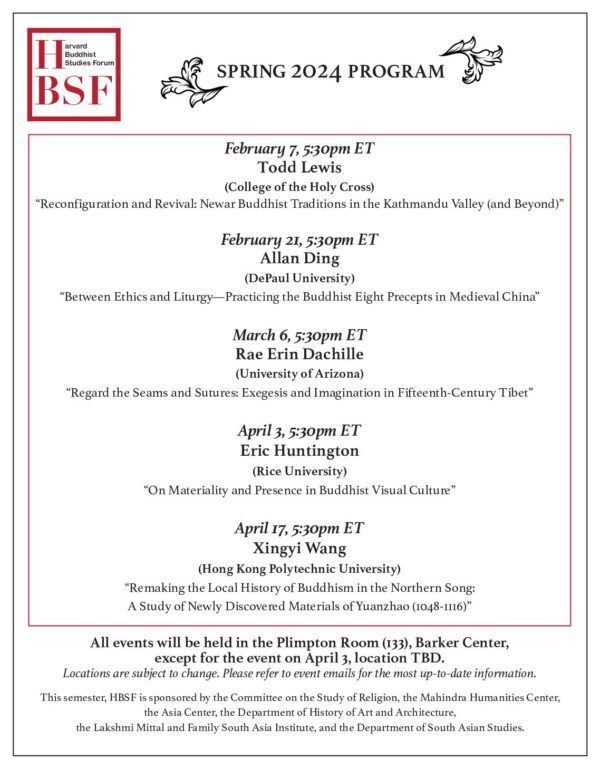Beginning with Sylvain Lévi, most scholars for the past century who have assessed the state of Newar Buddhism in the Kathmandu Valley have described the tradition as “decadent,” “corrupted by Hinduism,” and so in serious decline. Many predicted its withering away, most often due to competition from the reformist Theravādins, a movement that arrived in Nepal a century ago. The predations of the modern Nepalese state with its staunchly Hindu biases have also been a central axis of analysis. What has emerged over the last decade, however, is a hitherto unimagined revival among traditional Newar Buddhists and their venerable tradition centered on Mahāyāna-Vajrayāna teachings and practices. Led by younger Buddhist vajrācāryas and scholars, leaders have introduced a welter of new spiritual initiatives, institutional innovations, along with gender and caste reforms; supported by wealthy merchants, newly-rich landholders, and a growing number of migrants living abroad, Newar Buddhist traditions have shown a remarkable resiliency and vibrancy in the last decade. The talk will recount the history of denigration of Newar Buddhism, sketch the confluence of reconfigurations and revivals, and devote special focus on how these factors converged in the nearly-completed construction of a Newar Vajrayāna monastery in Lumbini.
Speaker: Todd Lewis (College of the Holy Cross). Todd Lewis has taught in the Religious Studies Department at the College of the Holy Cross since 1990 and is holder of the Murray Distinguished Professorship in the Arts and Humanities; he is also a Research Associate at Harvard University.
Moderator: Jinah Kim, George P. Bickford Professor of Indian and South Asian Art in the Department of History of Art & Architecture, Harvard University
Please RVSP here to attend in person. Please register here to participate on Zoom.
This event is generously co-sponsored by the Committee on the Study of Religion, the Mahindra Humanities Center, and the Department of South Asian Studies.

